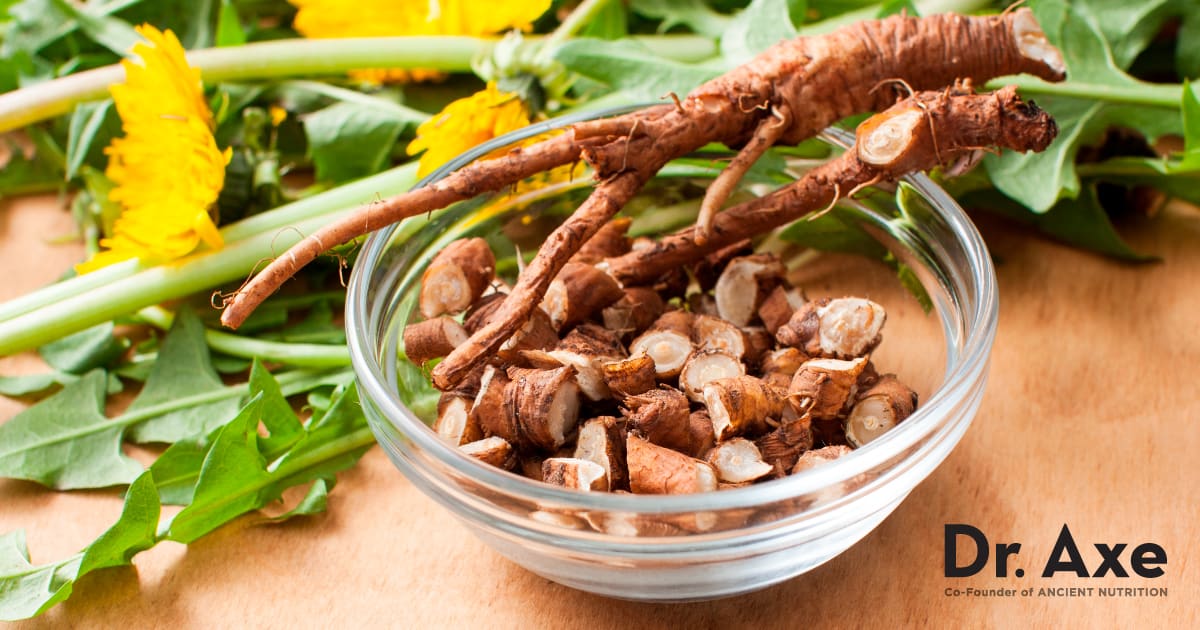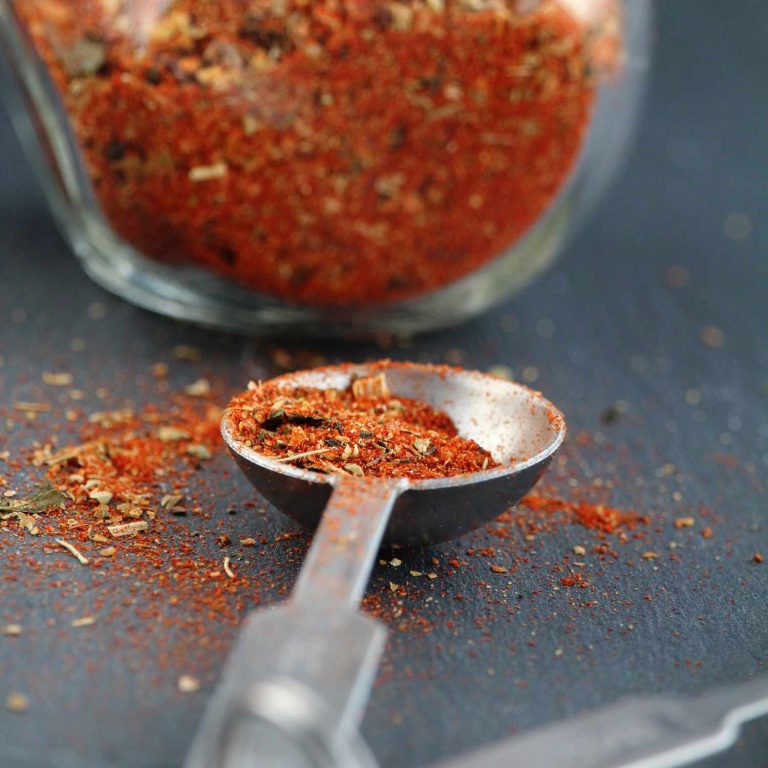Dandelion Jelly: Historical Significance, Nutritional Benefits, and Delicious Recipes Explained
Dandelions, botanically known as Taraxacum officinale, have been used for centuries in traditional medicine and culinary practices. Native to Europe and Asia, dandelions were brought to North America by early settlers. They recognized the plant’s medicinal properties and nutritional benefits, incorporating it into their diets. Dandelion jelly emerged from a historical context where foraging and using every part of a plant were essential for survival. This practice made use of dandelion blossoms, transforming them into sweet preserves enjoyed during harsh winters.
Growth in Modern Cuisine
Dandelion jelly has seen a resurgence in contemporary kitchens, driven by the growing interest in foraging and sustainable eating. Chefs and home cooks alike include dandelion jelly in their recipes to add unique flavors and promote natural ingredients. You can find dandelion jelly at farmers’ markets, artisanal food shops, and online retailers. Its floral notes and golden hue make it popular for breakfast spreads, baked goods, and gourmet dishes. Influencers and food bloggers have further boosted its popularity, showcasing creative uses and easy preparation methods.
How to Make Dandelion Jelly
Collecting and Preparing Dandelions
Gather dandelions during mid-morning when blooms are fully open. Select flowers free from pesticides and pollution. Aim for at least 4 cups of dandelion petals. Avoid green parts to prevent bitterness.
Rinse petals thoroughly under cold water. Dry them using a kitchen towel. Spread petals on a baking sheet and let air dry for 1-2 hours to ensure all moisture is gone.
The Cooking Process
Combine 4 cups of boiling water and dandelion petals in a large bowl. Let the mixture steep for 24 hours. After steeping, strain liquid using a fine mesh sieve, discarding petals, and reserving the infused liquid.
In a large pot, mix the dandelion infusion, 4 cups of sugar, and 2 tablespoons of lemon juice. Stir constantly while bringing to a rolling boil. Add 1 packet of pectin and boil for 2 more minutes.
Pour the hot jelly into sterilized jars, leaving 1/4 inch headspace. Seal jars with lids immediately. Process sealed jars in a boiling water bath for 10 minutes. Let jars cool completely at room temperature.
Nutritional Benefits of Dandelion Jelly
Vitamins and Minerals
Dandelion jelly, derived from dandelion petals, is rich in essential vitamins and minerals. It contains vitamins A, C, K, and E, which support immune function, eye health, bone strength, and skin wellness. Dandelions offer minerals like calcium, potassium, magnesium, and iron, crucial for bone health, muscle function, heart health, and oxygen transport in your bloodstream. Regular consumption provides these nutrients, enhancing your diet with natural sources.
Dietary Benefits
Beyond vitamins and minerals, dandelion jelly offers dietary advantages. It contains antioxidants that combat oxidative stress and reduce inflammation. Low in calories and free from artificial additives, it’s suitable for weight management and clean eating practices. Dandelions have prebiotic fibers, promoting a healthy gut microbiome and aiding digestion. Including this jelly in your diet supports overall health while bringing a unique, floral flavor to your culinary experience.
Culinary Uses of Dandelion Jelly
Breakfast Options
Dandelion jelly adds a unique touch to breakfast. Spread it on toast or bagels for a floral twist on traditional spreads. Mix it into yogurt or oatmeal for added flavor and nutrition, leveraging its rich vitamin and mineral content. Combine it with butter or cream cheese for a flavorful topping.
Desserts and Sweets
Dandelion jelly elevates various desserts. Use it as a filling for cakes, donuts, or pastries, offering a distinctive taste. Drizzle it over ice cream or pancakes for a sweet and floral finish. Incorporate it into dessert sauces or glazes to introduce its aromatic quality, enriching your culinary creations.
Conclusion
Dandelion jelly isn’t just a nostalgic nod to the past; it’s a versatile and nutritious addition to your kitchen. By exploring its unique flavors and culinary applications, you can elevate both simple breakfasts and elaborate desserts. Embrace the resurgence of this delightful preserve and enjoy the sweet, floral notes it brings to your dishes. Whether you’re a seasoned forager or a curious foodie, dandelion jelly offers a delicious way to connect with nature and sustainable eating practices.






